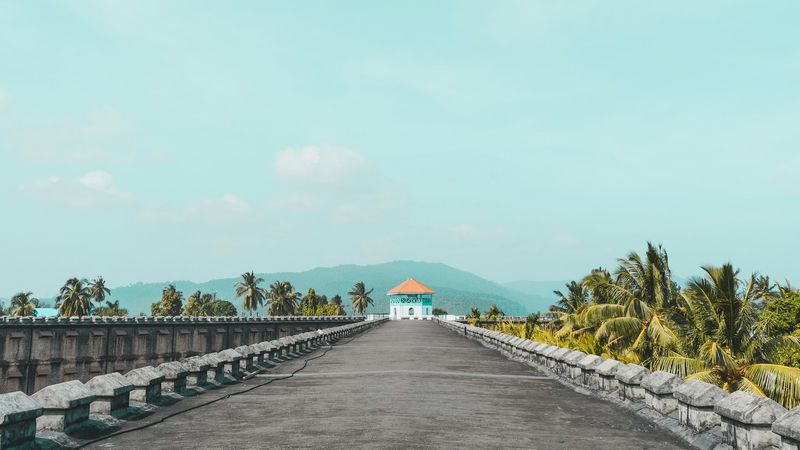The Andaman and Nicobar Islands are embarking on an ambitious tourism initiative, aimed at enhancing their appeal as a prime destination. This includes extended beach hours to showcase natural phenomena like bioluminescence, improved connectivity with additional airline partnerships, and the development of eco-friendly tourism infrastructure. They're focusing on sustainable practices, offering unique experiences such as bird watching, caravan trips, and luxury tent accommodations. The initiative also involves international connectivity, particularly with Southeast Asian countries, and access to previously uninhabited islands for high-value, low-volume tourism activities.
Everything you need to know about Andaman and Nicobar island's new tourism bid

In the vast expanse of the Bay of Bengal, the Andaman and Nicobar Islands are poised to redefine their narrative in the global tourism lexicon. This archipelago, a symphony of natural splendour and cultural diversity, unveils its ambitious new chapter in travel. This transformative vision, grounded in sustainable development, is not merely a stride towards enhancing tourist influx but a paradigm shift in offering a holistic and eco-conscious travel experience.
At the forefront of this initiative is the intelligent development of tourism infrastructure. Striking a balance between luxury and ecological sensitivity, the islands are set to witness the rise of state-of-the-art resorts that harmonise with their serene landscapes. Further, the enhancement in digital and transport connectivity is designed to ensure a seamless journey for the global traveller.
Chief Secretary Keshav Chandra talked about leasing land at Radha Nagar Beach in Swaraj Dweep (Havelock Island) and developing a five-star hotel at Megapode in Port Blair using PPP mode. Four islands and eleven tourist destinations will get eco-friendly tourism infrastructure as part of these projects.
The quintessence of this plan lies in its commitment to sustainable and low-impact tourism. Recognizing the ecological fragility of their unique ecosystems, the islands' strategy encompasses not only the conservation of their pristine beaches, lush forests, and diverse marine life but also the promotion of environmentally responsible travel practices.
Moreover, the islands are opening doors to new experiences, from diving in the vibrant coral reefs to trekking through unspoiled natural reserves. The initiative also includes the development of night tourism activities, such as night-cruise dinners and kayaking, adding a new dimension to the island's allure.
Integral to this tourism expansion is the strengthening of international connectivity, particularly with Southeast Asian countries, aiming to streamline travel and make these idyllic islands more accessible to a global audience. The introduction of new airline partnerships and the opening of previously inaccessible islands for tourism are steps in this direction.
The administration is looking into possibilities for Port Blair's international connectivity, especially with Southeast Asian nations where tourism is important to the national economy.
As the Andaman and Nicobar Islands embark on this ambitious journey, they beckon travellers to a destination that promises to be as enriching as it is, offering a blend of tranquillity, adventure, and a deep connection with nature and culture.




_1682965403495_thumb_300.png)
_1673232016797_thumb_300.png)